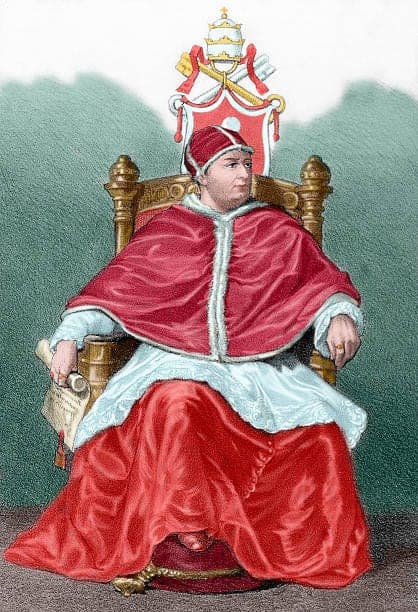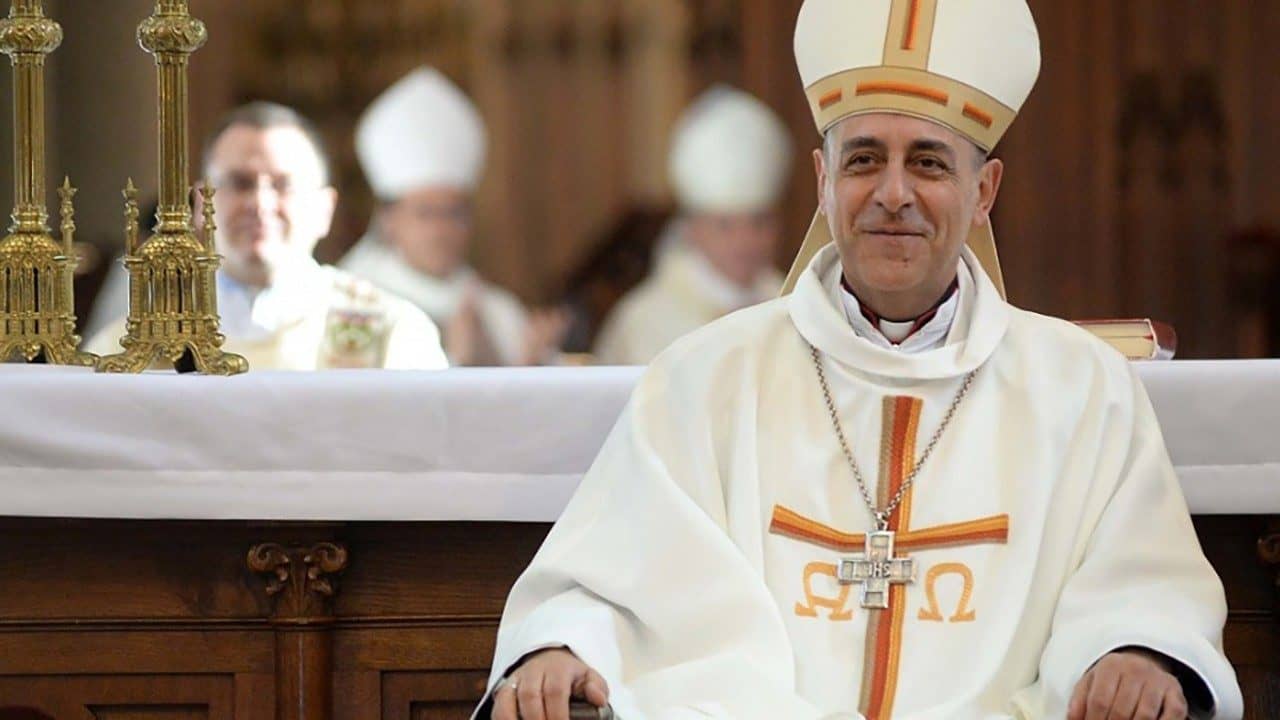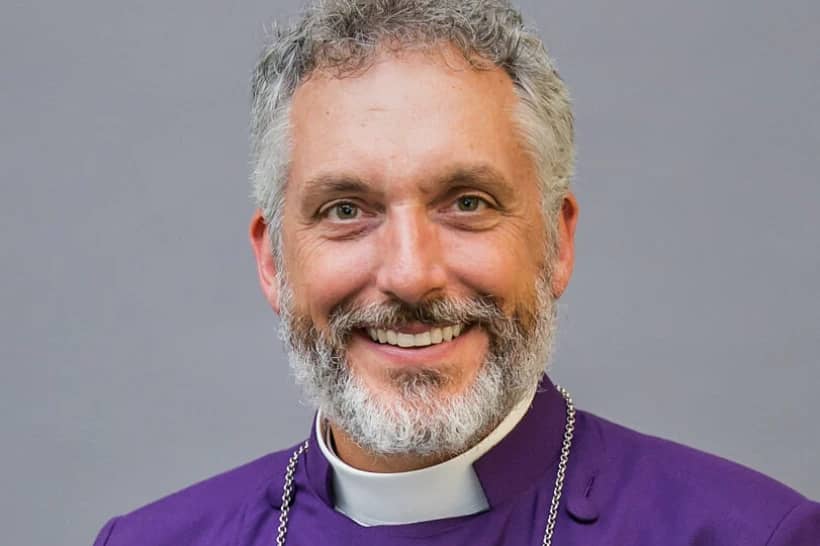ROME – As William Faulkner put it in Requiem for a Nun, “The past is never dead. It’s not even past.” That may be a general insight about the human condition, but when it comes to the Catholic Church, which makes a fetish of yesterday the same way the fashion industry does of today, it’s especially applicable.
It’s thus entirely contemporary that a private association in Spain is petitioning the Vatican to rehabilitate the figure of Benedict XIII, who was elected to the papacy in 1394 during the Avignon period and traditionally has been considered an anti-pope.
According to the text it submitted, the group wants the Vatican to recognize “his moral, academic and cultural dignity by repealing his excommunication and incorporating him as a legitimate and faithful son of the Church.”
The events in question may have happened six centuries ago, but should the Vatican take up the request, it would have clear relevance for the here and now.
The association in question is called “Friends of Papa Luna” after the family name of Benedict XIII, Pedro Martínez de Luna. On Dec. 21, it delivered a massive file to the Vatican’s Congregation for the Doctrine of the Faith, led by fellow Spaniard Cardinal Luis Francisco Ladaria, attempting to make the case for recognizing Benedict XIII, at long last, as a legitimate pontiff.
According to the group’s brief, precedent for doing so has already been set by St. John XXIII, who took the name of an anti-pope who had been declared anathema for defying the Council of Constance in 1414-1418, the same offense for which Benedict XIII was excommunicated.
Born in the Kingdom of Aragon in Spain in 1328, de Luna came from a noble family. He studied law and became renowned for his sharp legal mind as well as his austere way of life. He was elected to the papacy in 1394 at a time where there were two (eventually three) rival claimants to the throne, on the condition that he work to heal the schism and to resign the office whenever the bishop of Rome and the cardinals agreed.
In 1417, the Council of Constance elected a new pope to end the schism, but Benedict refused to stand down on the grounds that he was the only cardinal appointed by the last indisputably legitimate pope, Gregory XI. He relocated to Peñíscola in Spain, still claiming to be pope, where he remained until he died in 1423. By the end, he had promulgated almost 25,000 papal bulls, testifying to the seriousness with which he regarded his status.
According to the “Friends of Papa Luna” association, there are basically four arguments for returning Benedict XIII to the Church’s good graces.
First, they insist, he was unambiguously orthodox, upholding the doctrine of the Church, especially as it pertains to papal primacy. Juan Bautista Simó, president of the association, said in an interview with Spanish media that Benedict XIII actually anticipated the teaching of the First Vatican Council, standing against the conciliarism reflected in the Council of Constance which sought to hem in papal authority with a quasi-parliamentary system.
Second, the group argues, no one ever questioned the legal validity of del Luna’s election to the papacy – and, as a result, there should be no bar to recognizing him among the legitimate successors of Peter.
Third, the group argues, whatever judgment one may reach today about Benedict XIII’s actions during the period now known as the “Great Western Schism,” he acted out of personal integrity and a desire to serve the Church.
According to Simó, Benedict XIII was a “martyr who did not renounce his sacrosanct obligation despite the condemnations of the turbulent Council of Constance.”
Fourth, the group also believes that the way Benedict XIII lived out his final years, isolated and with his authority no longer recognized by any jurisdiction other than his own Kingdom of Aragon and yet remaining faithful to the core, suggests saintliness.
“In Peñíscola, he turned his papal tiara into an authentic crown of thorns,” Simó said. He noted that while Benedict XIII was in exile, he wrote “a philosophical-religious treatise overflowing with spirituality.”
He died, Simó said, “in dreadful solitude, but in permanent and true dialogue with God.”
It’s not clear whether the Congregation for the Doctrine of the Faith will entertain the group’s request seriously, though Simó claimed that Ladaria had a “good impression” of the petition and was also struck by “the revealing vitality of a group endowed with strength and conviction.”
In any event, the contemporary relevance of the story is this: How one is seen by Church officialdom today is rarely enough to assess how that figure will be seen in the long run. Church history is actually rife with personalities who were seen as heterodox, renegade or disobedient by someone in power in their day – Francis of Assisi, Joan of Arc, Mary MacKillop and Padro Pio, among many others, all come to mind.
It remains to be seen whether Benedict XIII will one day join that company. The mere fact it exists, however, is a useful reminder that getting in hot water with Church authorities may not be anybody’s idea of a good time, but it’s also not necessarily the last word.















